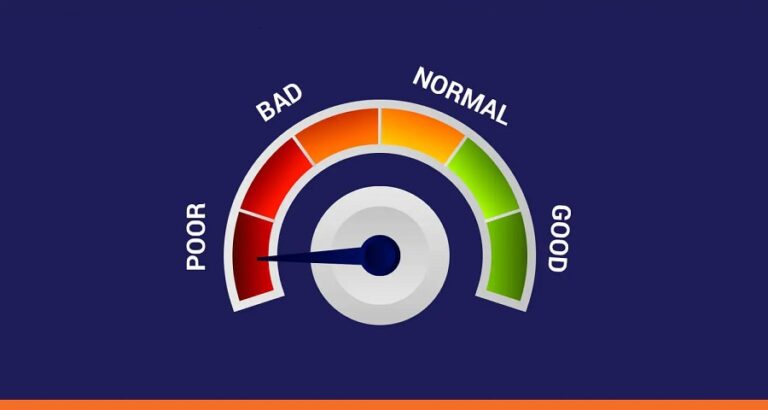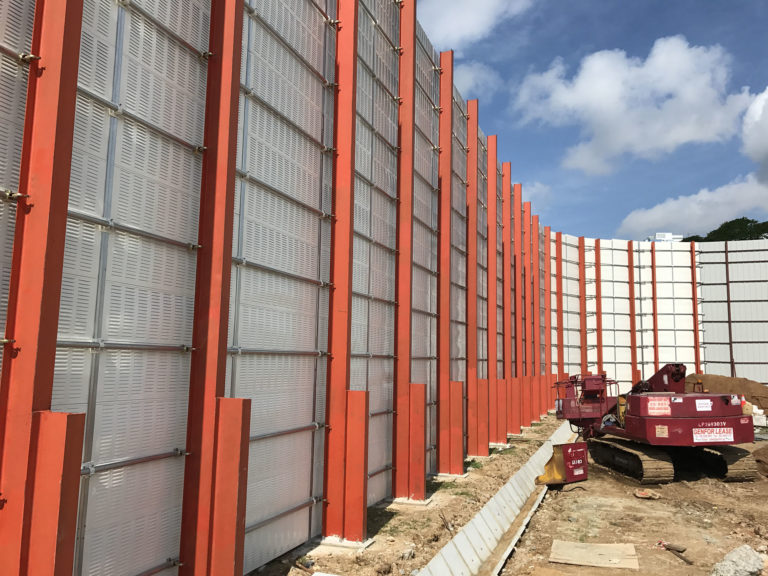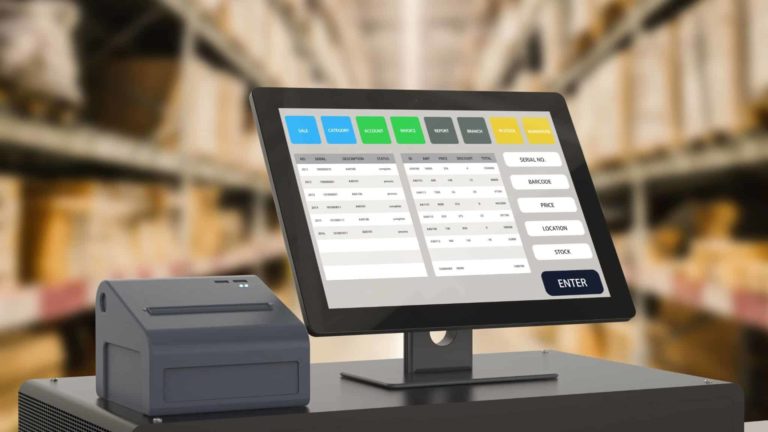The transportation of hazardous materials is a critical aspect of many industries, including manufacturing, healthcare, and construction. However, the transportation of hazardous materials requires special handling and labeling to ensure the safety of both the transporters and those who may come into contact with the materials.
The United Nations (UN) has established regulations for the labeling and handling of hazardous materials, including the use of 4G boxes.
What are UN 4G Boxes?
UN 4G boxes are a type of packaging used to transport hazardous materials. These boxes are designed to meet the strict standards set forth by the UN for the transportation of hazardous materials. They are constructed from high-quality materials and are designed to withstand the rigors of transportation, including rough handling, vibration, and temperature changes.
The Importance of UN 4G Box Labeling
The labeling of a UN 4G box is critical to ensure the safe transport of hazardous materials. The UN has established strict guidelines for the labeling of hazardous materials, including the use of hazard symbols and warning labels. These labels provide critical information to transporters, handlers, and emergency responders about the contents of the box and any potential hazards associated with the materials.
UN 4G boxes must be labeled with the proper hazard symbols and warning labels based on the type of hazardous material being transported. For example, if the material is flammable, the box must be labeled with the appropriate hazard symbol and warning label. Failure to properly label hazardous materials can lead to serious accidents and injuries.
The Importance of Proper Handling of UN 4G Boxes
In addition to proper labeling, the handling of a UN 4G box is also critical to ensure the safe transport of hazardous materials. It must be handled with care to prevent damage to the packaging and to avoid any potential spills or leaks.
Transporters must be properly trained in the handling of hazardous materials and must follow strict guidelines for loading, unloading, and transporting UN 4G boxes. They must also be equipped with the proper personal protective equipment (PPE) to ensure their safety in the event of an accident or spill.
The Importance of Compliance with UN Regulations
Compliance with UN regulations for the labeling and handling of hazardous materials is critical to ensure the safety of all those involved in the transport of these materials.
Failure to comply with these regulations can lead to serious accidents and injuries, as well as legal and financial consequences for companies and individuals involved in the transport of hazardous materials.
UN regulations for the transport of hazardous materials are designed to ensure that these materials are handled and transported safely and responsibly. Compliance with these regulations requires a commitment to safety and a willingness to invest in the proper training, equipment, and packaging necessary to transport hazardous materials safely.
The Role of Technology in UN 4G Box Labeling and Handling
Technology has played an increasingly important role in the labeling and handling of UN 4G boxes.
Many companies now use barcode scanning technology to track the movement of hazardous materials from the point of origin to the final destination. This technology allows companies to monitor the location of hazardous materials at all times and to ensure that they are being transported safely and in compliance with UN regulations.
In addition to barcode scanning technology, many companies are also using mobile apps and other digital tools to help transporters and handlers comply with UN regulations for the labeling and handling of hazardous materials.
These tools provide real-time information about the contents of UN 4G boxes, including hazard symbols and warning labels, and can help transporters and handlers identify potential hazards and take appropriate action to prevent accidents and spills.
Common Hazards and Risks Associated with Transporting Hazardous Materials
Transporting hazardous materials comes with a range of hazards and risks that must be addressed to ensure safety. Some of the common hazards and risks associated with transporting hazardous materials include:
- Fire and explosion: Many hazardous materials are flammable or explosive and can cause serious accidents if not handled properly.
- Toxicity: Some hazardous materials are toxic and can cause harm to humans and the environment if released.
- Corrosion: Some hazardous materials can corrode or damage the packaging, leading to leaks or spills.
- Radiation: Some hazardous materials emit radiation, which can be harmful to humans and the environment.
- Pressure: Some hazardous materials are stored under pressure and can cause explosions or leaks if not handled properly.
It is essential to identify and address these hazards and risks when transporting hazardous materials to ensure the safety of everyone involved.
Best Practices for Transporting Hazardous Materials
To ensure the safe transport of hazardous materials, it is essential to follow best practices. Some of the best practices for transporting hazardous materials include:
- Proper labeling and packaging: Hazardous materials must be properly labeled and packaged to ensure that they are handled and transported safely.
- Proper training: Transporters and handlers must be properly trained in the handling of hazardous materials and must follow strict guidelines for loading, unloading, and transporting UN 4G boxes.
- Proper equipment: Transporters and handlers must be equipped with the proper personal protective equipment (PPE) to ensure their safety in the event of an accident or spill.
- Compliance with regulations: Compliance with UN regulations for the labeling and handling of hazardous materials is critical to ensure the safety of all those involved in the transport of these materials.
- Emergency response planning: Companies that transport hazardous materials must have an emergency response plan in place to address accidents or spills that may occur during transport.
Following these best practices, companies can ensure the safe transport of hazardous materials and protect the safety of their employees and the general public.
Conclusion
The safe transport of hazardous materials is critical to the success of many industries. The use of UN 4G boxes and compliance with UN regulations for the labeling and handling of hazardous materials is essential to ensure the safety of transporters, handlers, and the general public.
Companies that transport hazardous materials must make a commitment to safety and invest in the proper training, equipment, and technology necessary to transport these materials safely and









